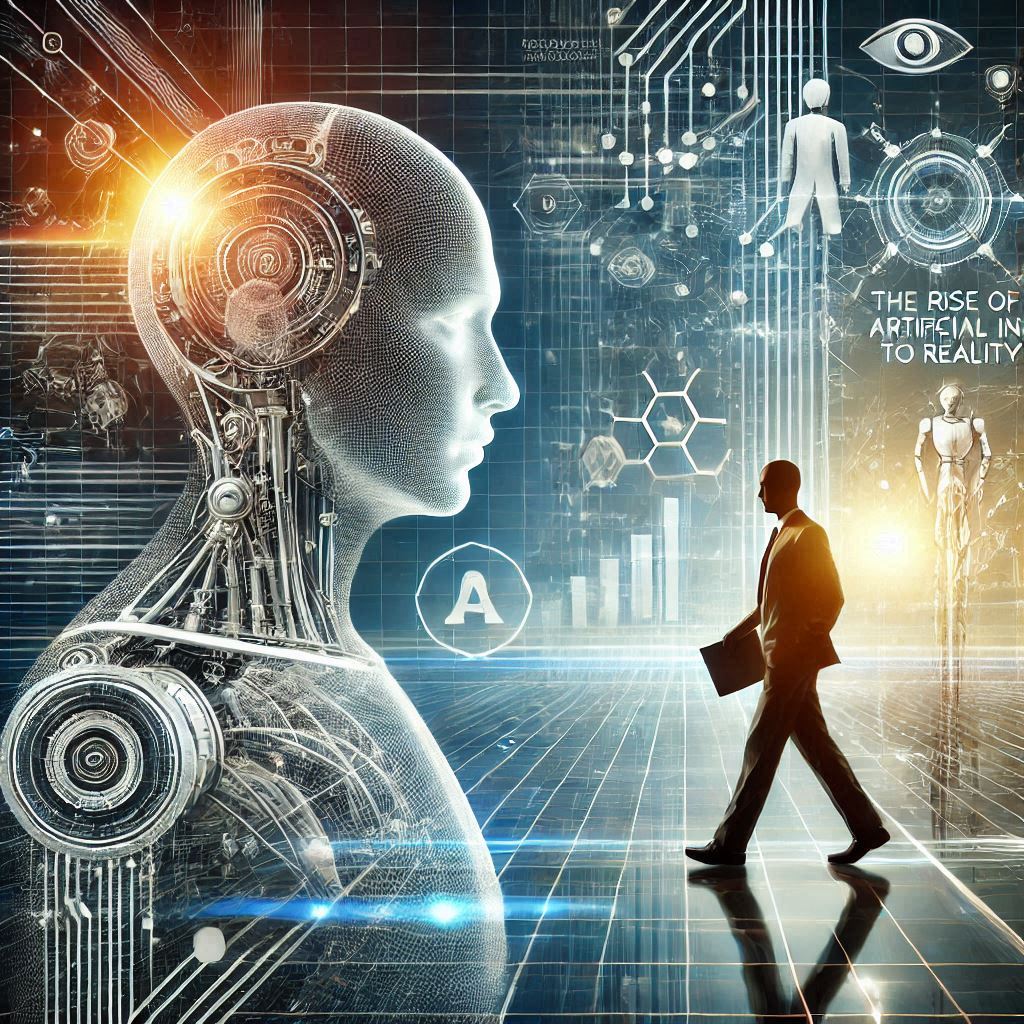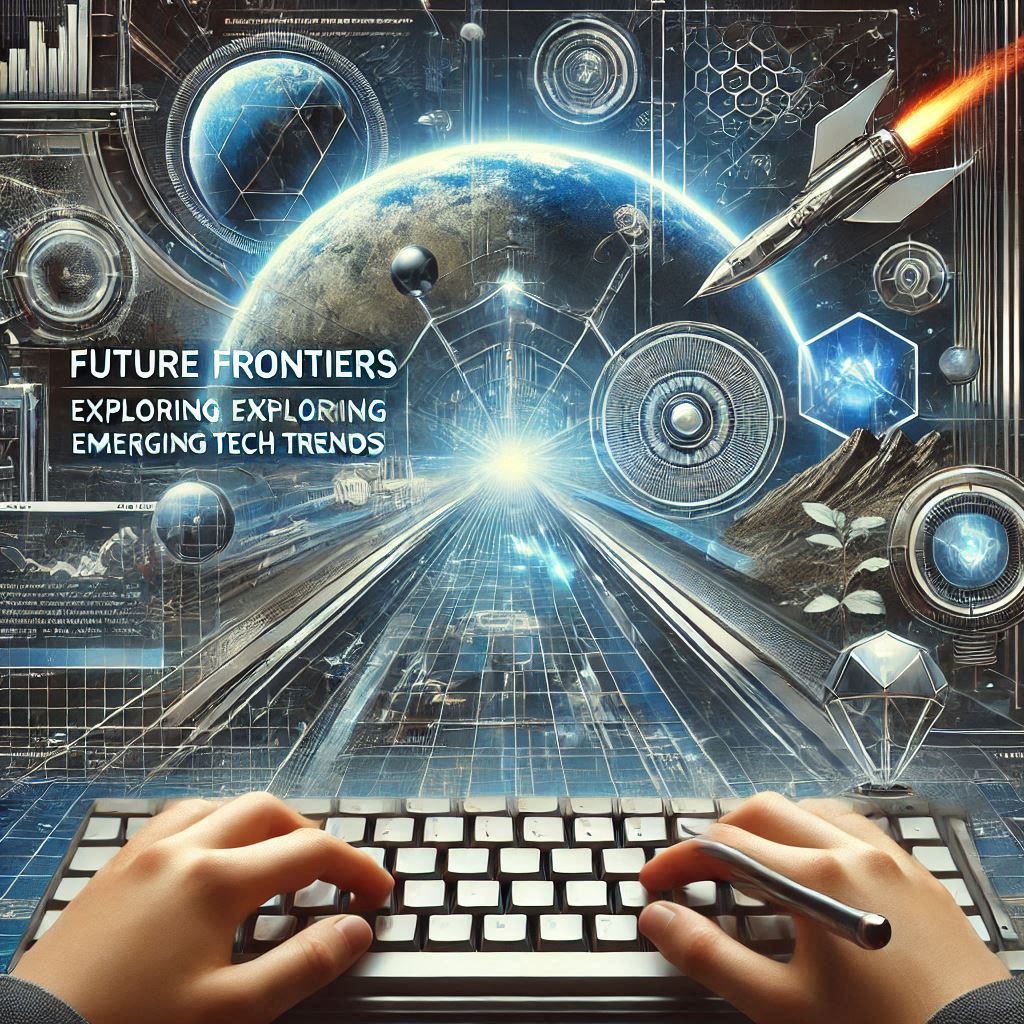The digital world we live in today has been shaped by numerous groundbreaking technological innovations. From the advent of the first computers to the rise of the internet and beyond, these pivotal moments have revolutionized the way we communicate, work, and live. In this article, we will explore some of the most significant milestones in technology and how they have influenced the digital landscape we navigate today.
1. The Birth of the Computer: A Foundation for the Future
In the early 20th century, the development of the computer laid the groundwork for the digital age. Although the idea of automated calculation dates back to ancient times, it wasn’t until the mid-1900s that computers began to take shape as we know them today.
- The Turing Machine (1936): British mathematician Alan Turing’s theoretical concept of the Turing Machine is often regarded as the foundation of modern computing. Turing’s work on algorithms and computability established the principles upon which all future computing machines would be based.
- The ENIAC (1945): The Electronic Numerical Integrator and Computer (ENIAC), developed by John Presper Eckert and John W. Mauchly, was one of the first general-purpose computers. It was capable of performing complex calculations much faster than any human could, marking a key moment in the history of computing.
- The Personal Computer (1970s-1980s): The development of the personal computer (PC) in the 1970s, spearheaded by companies like Apple and IBM, made computing accessible to the general public. The introduction of the first PCs revolutionized industries and homes alike, paving the way for the digital transformation.
Why it matters: The creation of computers has been one of the most transformative events in human history, as it set the stage for the entire digital revolution that would follow.
2. The Internet: Connecting the World
The invention of the internet revolutionized how the world connects and communicates. What started as a military project in the 1960s evolved into a global network that has since reshaped almost every aspect of life.
- ARPANET (1969): The precursor to the modern internet, ARPANET, was developed by the U.S. Department of Defense to facilitate communication between research institutions. ARPANET introduced the concept of packet switching, a method of breaking data into smaller packets for more efficient transmission across a network.
- The World Wide Web (1991): In 1991, British scientist Tim Berners-Lee introduced the World Wide Web (WWW), which made the internet accessible to the general public. Berners-Lee’s development of web browsers and the HTML language allowed users to navigate the internet easily, sparking the era of web-based content, communication, and commerce.
- The Rise of Search Engines (1990s-2000s): In the 1990s, the launch of search engines like Yahoo, Google, and Bing helped users navigate the expanding internet. Google, founded in 1998, revolutionized search by using algorithms to rank pages based on relevance and quality, making information retrieval faster and more accurate.
Why it matters: The internet has fundamentally altered the way we communicate, conduct business, and access information. It has connected the world in ways that were previously unimaginable, and it continues to drive innovation in virtually every field.
3. The Mobile Revolution: The World in Your Pocket
The advent of mobile technology is one of the most recent milestones in the digital world, yet it has had a profound impact on how we interact with the world. With the introduction of smartphones, mobile technology made digital access portable and pervasive.
- The First Mobile Phone (1973): While mobile phones were initially bulky and expensive, the invention of the first mobile phone by Martin Cooper of Motorola in 1973 marked the beginning of the mobile revolution. This was the first device that allowed people to communicate wirelessly over long distances.
- The iPhone (2007): Apple’s introduction of the iPhone in 2007 revolutionized the mobile phone industry. Combining a phone, an iPod, and an internet browser in one device, the iPhone set the standard for modern smartphones and led to the widespread adoption of touchscreen interfaces. The iPhone’s App Store also created a new economy for mobile applications.
- Mobile-First World (2010s-Present): As smartphones became ubiquitous, the internet transitioned from being primarily accessed via desktop computers to being used predominantly through mobile devices. Websites, apps, and social media platforms are now designed with mobile users in mind, creating a mobile-first world where digital interactions happen anytime, anywhere.
Why it matters: The mobile revolution has had a profound effect on society, enabling us to stay connected, access information, and interact with technology from virtually anywhere in the world.
4. The Cloud: Storing and Accessing Data Anywhere
Cloud computing has transformed the way we store and manage data. Before the cloud, businesses and individuals had to rely on physical storage devices like hard drives, which limited access to data and required constant management. The cloud eliminated these barriers, offering virtually unlimited storage and flexibility.
- The Launch of Amazon Web Services (2006): Amazon Web Services (AWS) was one of the first major cloud computing platforms to gain widespread adoption. AWS allowed businesses to rent computing power and storage on demand, eliminating the need for costly on-site data centers.
- The Rise of Cloud Storage Services (2000s-Present): Services like Google Drive, Dropbox, and iCloud made it easier for individuals to store and access their personal data from anywhere with an internet connection. Cloud storage has become an essential part of both personal and business operations.
- Cloud-Based Software (SaaS): Software as a Service (SaaS) platforms, such as Google Workspace, Salesforce, and Microsoft 365, have shifted the way businesses manage operations. These cloud-based tools allow for remote collaboration, automatic updates, and scalability without the need for on-premises installations.
Why it matters: The cloud has revolutionized data storage and management, making it easier and more efficient for businesses and individuals to access their information anywhere, anytime.
5. Artificial Intelligence: The Next Frontier
Artificial intelligence (AI) has emerged as one of the most exciting technological advancements of the 21st century. AI is transforming industries by automating tasks, analyzing data, and making predictions with high accuracy.
- The Advent of Machine Learning (1950s-1990s): The concept of AI was introduced as early as the 1950s, with pioneers like Alan Turing and John McCarthy laying the groundwork for AI research. Over time, machine learning algorithms were developed that allowed computers to “learn” from data and improve their performance over time.
- AI in Everyday Life (2010s-Present): In recent years, AI has become an integral part of daily life. Virtual assistants like Siri, Alexa, and Google Assistant use AI to understand voice commands and perform tasks. AI-driven recommendation engines on platforms like Netflix and Amazon suggest personalized content based on user preferences.
- AI in Healthcare, Finance, and Automation: AI is now being used to revolutionize industries like healthcare, finance, and manufacturing. From diagnosing diseases to automating financial transactions and optimizing production lines, AI is improving efficiency and creating new possibilities.
Why it matters: AI is not only reshaping industries but also changing the way we interact with technology in our personal lives. It promises to bring even greater innovations in the coming years.
6. AdSense Compliance: Monetizing Tech Content
If you’re planning to monetize content related to tech milestones, it’s important to follow Google AdSense’s content policies to ensure compliance and maximize your revenue potential.
- Create High-Quality Content: Focus on providing well-researched, valuable, and accurate content. Google’s AdSense program rewards sites that offer unique and useful information that adheres to their content guidelines.
- Adhere to AdSense Policies: Avoid promoting misleading or harmful content, including unverified claims about technologies like AI, cloud computing, or mobile phones. Ensure your site complies with all AdSense rules on content and user experience.
- Optimize for User Experience: Design your website to be easy to navigate, mobile-responsive, and fast-loading. A good user experience can help increase engagement and improve AdSense revenue.
Conclusion
The key technological milestones discussed here represent some of the most important moments in the evolution of the digital world. From the creation of the first computers to the rise of the internet, the mobile revolution, the cloud, and AI, these advancements have reshaped how we live, work, and interact with the world around us. As we look toward the future, new technologies will continue to transform our lives in ways we can only imagine.





